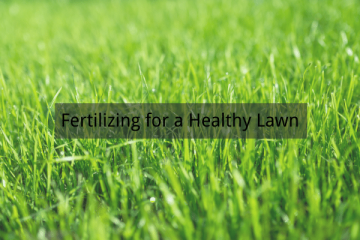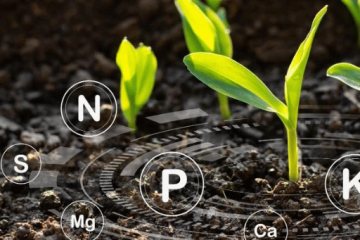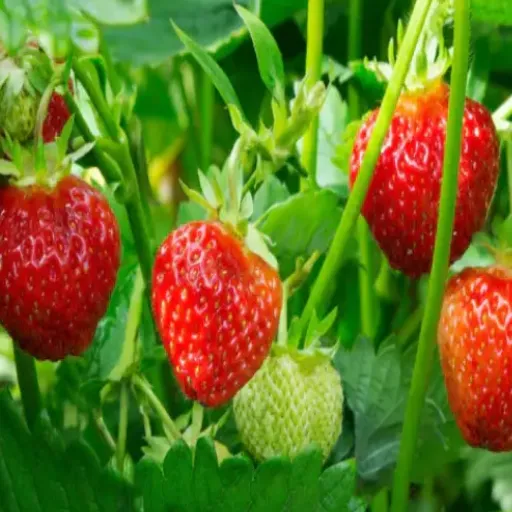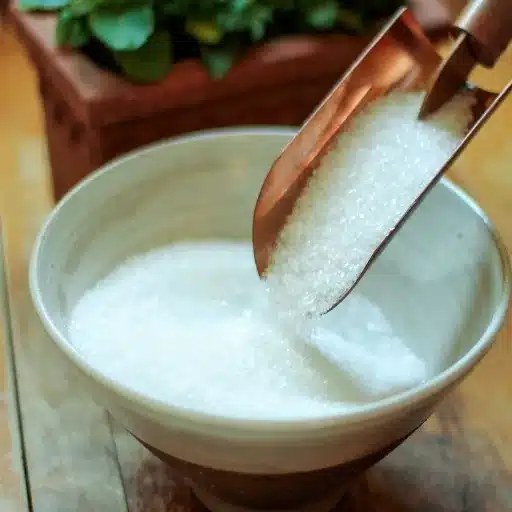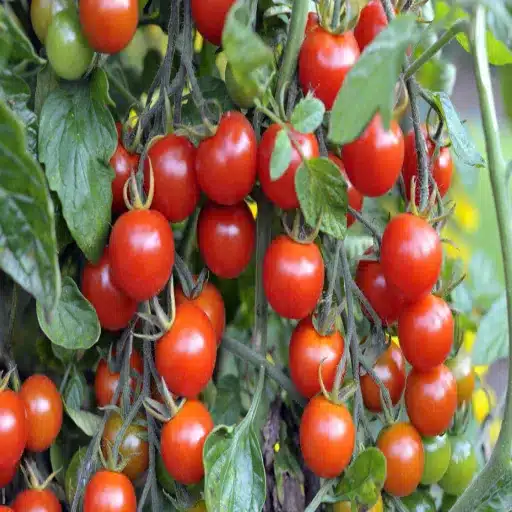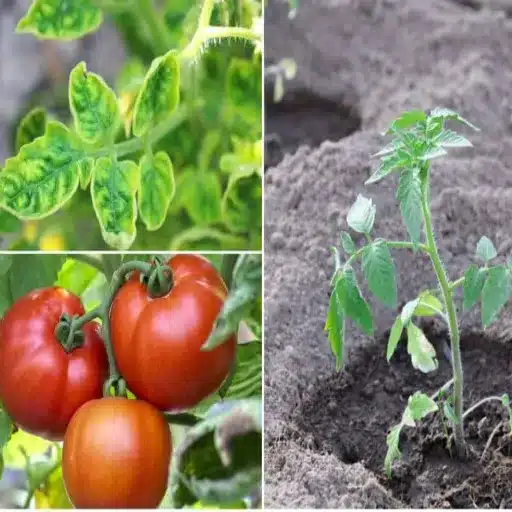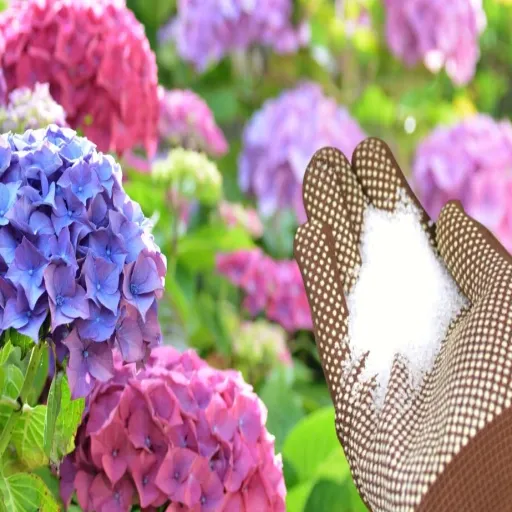In order to correctly fertilize and allow for healthy and productive strawberry plants, proper care must be duly credited. Gardeners have turned to Epsom salt as an inexpensive and natural way of enhancing growth. But does it really help in the case of strawberries? This article covers the connection between Epsom salt and strawberry plants, offering possible advantages, how Epsom salt works in the soil, and how best to apply it. Whether you are a seasoned gardener or just starting, this all-inclusive guide is here to give you back-to-science information meant to help you decide whether Epsom salt is a worthy application in your strawberry-growing regimen.
Application Methods for Epsom Salt
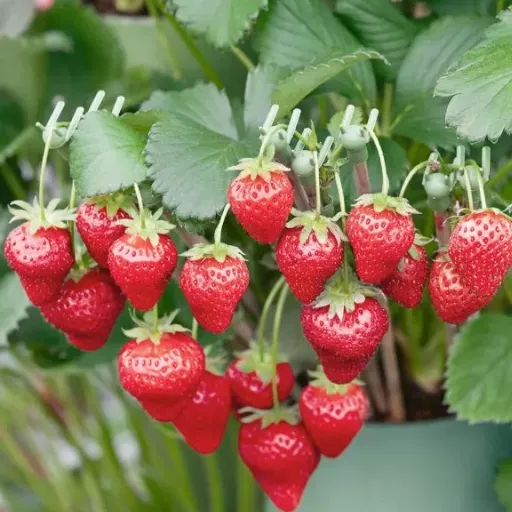
How to Use Epsom Salt in Your Garden
An accurate understanding of Epsom salt is necessary before its application in gardening. Magnesium sulfate is its principal constituent, and magnesium is needed for photosynthesis in plants. Sulfur fosters the absorption of nutrients, and Epsom salt is typically utilized to treat magnesium deficiency in the soil or to encourage foliage to turn greener and healthier.
Basic Application: One tablespoon of Epsom salt should be dissolved in a gallon of water to make a solution that can be applied directly to the bases of strawberry plants every two weeks during the growing season. Avoid using it too much because the excess magnesium could upset the balance of the soil and inhibit nutrient uptake.
One more method of application is mixing the dry Epsom salt into the soil before planting. Mixing about one tablespoon per square foot into the soil will ensure that it remains equally distributed. Do not forget to test your soil beforehand for magnesium content, as this will determine if Epsom salt is needed as a supplement. Consider the use carefully, and keep observing to ensure good growth and healthy yields.
Soil Amendment vs. Foliar Spray
Soil amendment is desired for long-term applications of magnesium, whereas foliar spraying is desired for the quick correction of leaf deficiencies.
| Aspect | Soil Amendment | Foliar Spray |
|---|---|---|
| Purpose | Long-term aid | Quick fix |
| Application | Mix in the soil | Mist leaves |
| Speed | Gradual | Immediate |
| Form | Soil additive | Diluted spray |
| Best For | Soil health | Leaf issues |
Optimal Timing for Application
Delay in Epsom salt application, however, would reduce its beneficial effect of increasing the magnesium and sulfate content of the soil and plants. Proper timing of Epsom salt application will ensure nutrients are available to the plants when they need them for efficient uptake during developmental stages. Here are five specific times to apply the salt, with explanations:
- At Planting, Epsom salt is mixed into the planting soil to ensure that the magnesium and sulfur ions remain readily available as the seedlings start their growth. Most crops require about 1 tablespoon of Epsom salt per square foot of soil.
- During Germination, Seeds that germinate still need some nutrients, such as magnesium, which plays its role in the early stages of photosynthesis. A gentle foliar spray of 1 to 2 tablespoons of Epsom salt dissolved in 1 gallon of water helps the early divisions of plants.
- At Flowering Stage: Flowering is the most magnesium-demanding phase, as it is used for chlorophyll production and flower formation. A fortnightly foliar spray, using an application rate of 1-2 tablespoons per gallon, will enhance flowering and promote healthier blooms.
- During Fruit Set: In the fruit or vegetable phase, tomatoes or peppers require higher amounts of magnesium to prevent deficiencies (e.g., blossom end rot). Sprinkle Epsom salt about one tablespoon per foot of plant height around the plants’ bases.
- After Recognizing Deficiency Symptoms: Yellowing leaves with green veins (intervein chlorosis) and stunted growth indicate a magnesium deficiency. These should be immediately treated with a foliar spray or soil treatment to restore nutrient levels.
Acting in support during these very crucial growing stages leads to healthier plants and better yields if Epsom salt is applied for optimal nutrient support. Application rates always need to be tailored for species and environmental needs.
Precautions and Potential Downsides
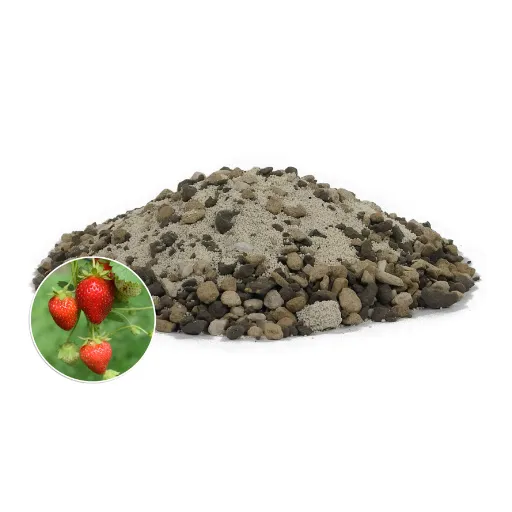
Avoiding Overuse of Epsom Salt
Important Warning: Though magnesium sulfate is eminently suitable for fixing nutrient deficiencies, its excess application might lead to adverse effects on plant health and soil quality.
Among the serious problems is the occurrence of accumulated magnesium in the soil; the magnesium will proceed to antagonize other essential nutrients such as calcium and potassium. This will lead to poor growth and a gradual decrease in nutrient availability to plants.
In fact, large doses of Epsom salt could bring about soil problems associated with high salinity, especially in soils with poor drainage. High levels of salts in soil reduce water absorption by the roots, synonymous with drought stress symptoms. Moreover, runoff of excess magnesium sulfate may actually induce secondary environmental concerns, such as contaminating waterways and altering aquatic life.
Monitoring Soil Magnesium Levels
Managing proper concentration of magnesium in soil is critical for good plant development and good nutrient management. Hence, soil analysis should be performed at regular intervals, preferably all before planting and during the crop growing stage, to permit any change in magnesium concentrations.
- Use soil testing, sophisticated technology such as ICP spectrometry, for precise data
- Maintain magnesium levels between 20-30 ppm in most soils
- Consider soil type, crop type, and regional conditions for threshold variations
- Integrate plant tissue analysis with soil magnesium levels for r comprehensive assessment
Possible Negative Effects on Plants
Nutrient imbalance/deficiency in the soil, along with environmental stresses, would have adverse effects on the plants’ health and productivity. The five negative effects for plants are:
- Nutrient Deficiency Symptoms: Growth of plants is stunted and chlorophyll formation is reduced by a lack of precursor nutrients like nitrogen, phosphorus, and magnesium, alongside obvious symptoms such as chlorosis or necrosis.
- Decreased Efficiency in Photosynthesis: A deficit of nutrients essential for the plant, especially magnesium and nitrogen, guards against chlorophyll synthesis and, hence, discourages photosynthesis. Studies report that biomass accumulation of crops is reduced by 30% in severe conditions of nitrogen deficiency.
- Reduced Water Uptake and Transpiration: Opposing imbalances like high soil salinity disrupt osmotic gradients, reducing water uptake and increasing stress upon plants.
- Vulnerability to Pests and Diseases: A weakened nutritional profile in plants can diminish their natural defense mechanisms, leaving them open to attacks by pests and pathogenic organisms.
- Reduced Yield and Poor Cropping Quality: Severe and prolonged nutrient imbalances are translated into reduced yield and inferior quality of agricultural produce.
Influence of Epsom Salt on Plant Health
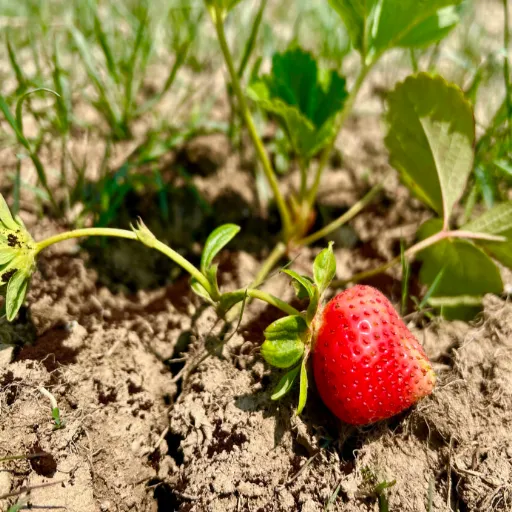
Role in Nutrient Uptake and Photosynthesis
Epsom salt is scientifically called magnesium sulfate. It manages plant-health-enhancing attributes involving nutrient uptake and photosynthesis. The major role of Epsom salts is to provide magnesium ions, which are essential in chlorophyll formation. Here are five important roles and effects:
- Facilitating Absorption of Magnesium: Magnesium acts as the central atom of the chlorophyll molecule, directly impacting the plant’s capability for absorbing light energy for photosynthesis.
- Sulfur Secondary Protein Formation: The sulfate anion from Epsom salts is utilized in synthesizing amino acids and proteins that catalytically function as hydrolase enzymes.
- Improves the Use of Nitrogen: Magnesium enhances nitrogen uptake by mobilizing nitrogen within plant tissues, assisting with protein and enzyme production.
- Reduction of Micronutrient Imbalances: By providing magnesium and sulfur, Epsom salt mitigates imbalances that otherwise cause enzyme inhibition and impede photosynthetic processes.
- Optimization of Stomatal Function: Magnesium assists in regulating stomatal apertures to enable adequate gas exchange during photosynthesis.
Enhancing Disease Resistance in Strawberry Plants
Enhancement of strawberry plant disease resistance may be fostered through strategies that include timely cultural practices, nutrient management, and timely biological or chemical intervention. Scientific observations track calcium ions (Ca²⁺) in strengthening the plant cell walls against penetrative fungal attacks, such as by Botrytis cinerea, an agent in gray mold.
Key strategies include:
- Calcium is supplied through foliar sprays or soil applications
- Adequate mix of micronutrients such as boron and zinc
- Proper irrigation management through drip irrigation
- Introduction of beneficial microorganisms such as Trichoderma spp. and Bacillus subtilis
Actionable Tips for Maximizing Epsom Salt Effectiveness
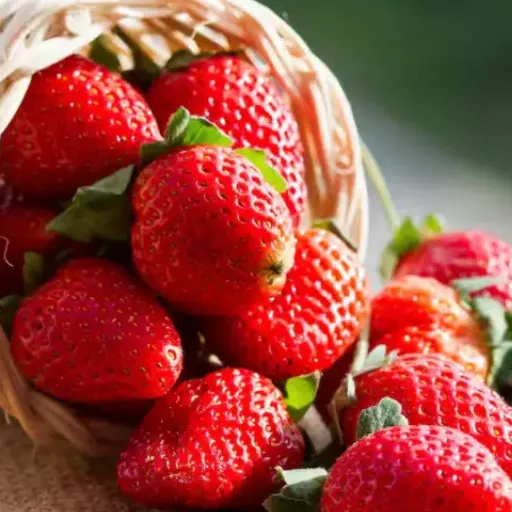
Frequency of Application
To make Epsom salt more effective in particular horticultural and agricultural activities, it is important to choose an application schedule that best suits the conditions at hand. Here are five important and specific recommendations:
- Seed Starting: Apply Epsom salt at one tablespoon per gallon of water every two weeks to promote vigorous root growth.
- Vegetative Stage: Spray a foliar application of 2 tablespoons of Epsom salt per gallon of water every 10 to 14 days during active growth.
- Fruit and Flower Formation: Apply 1 tablespoon of Epsom salt dissolved in water to the soil every two weeks for fruiting and flowering plants.
- Deficiency Corrective: If magnesium deficiency symptoms are visible, apply a stronger solution (1/4 cup per gallon of water) weekly as a foliar spray until recovery. Visible recovery can be seen within 48-72 hours.
- Pre-Season Soil Treatment: Before planting, work 1-2 cups of Epsom salt into the soil for every 100 square feet for long-term magnesium release.
Combining Epsom Salt with Other Fertilizers
When combining Epsom salts with any other fertilizers, one must know the nutritional requirements of the plants and the fertilizer compositions. Since Epsom salt imparts magnesium and sulfur, it serves as an ideal complement to fertilizers that lack these nutrients, such as nitrogen fertilizers.
Best Practices:
- Begin with a soil test to determine magnesium levels
- Dissolve Epsom salt separately in warm water before adding to liquid fertilizers
- Mix granular fertilizers thoroughly to ensure even distribution
- Avoid combining with fertilizers already high in magnesium
- Consider foliar application for quicker results during critical growth stages
Latest Research on Strawberry Cultivation and Pest Control
2025 Research Findings on Strawberry Growth
The year 2025 brought revelations that clawed deep into the core of how to best enhance strawberry production, considering soil composition, nutrient management, and environmental controls. Key findings include:
- Maintaining soil pH between 5.5 and 6.8 is critical for nutrient absorption
- Precise ratios of nitrogen, phosphorus, and potassium significantly affect fruit size and flavor development
- Climate control systems can limit fungal diseases such as powdery mildew by up to 40%
- Drip irrigation enhances water-use efficiency and provides targeted nutrient delivery
- Genetic studies have identified cultivars with greater resistance to pests and environmental factors
Effective Pest Control Strategies
In pest management, an effective strategy starts with the acceptance of Integrated Pest Management (IPM), which is a science-base,d sustainable approach that minimizes pest damage via maintenance of various methods. This approach includes:
- Prevention, detection, and control measures
- Cultural practices to alter the environment unfavorably to pests
- Crop rotation, intercropping, and use of pest-resistant cultivars
- Selective pesticide use with minimal environmental damage
- Integration of remote sensing and data analytics for decision-making
Frequently Asked Questions (FAQ)
References
- CiteSeerX Academic Repository: Garden Guide – Small fruit plants like strawberries are mentioned along with Epsom salts.
- NC State Extension: Southern Regional Strawberry Plasticulture Production Guide – Gives information on strawberry plant care and cultivation.
- University of Maryland Extension: June Vegetable IPM Scouting Tips – Talks about magnesium sulfate (Epsom salt) and its use in relation to strawberry plants.

